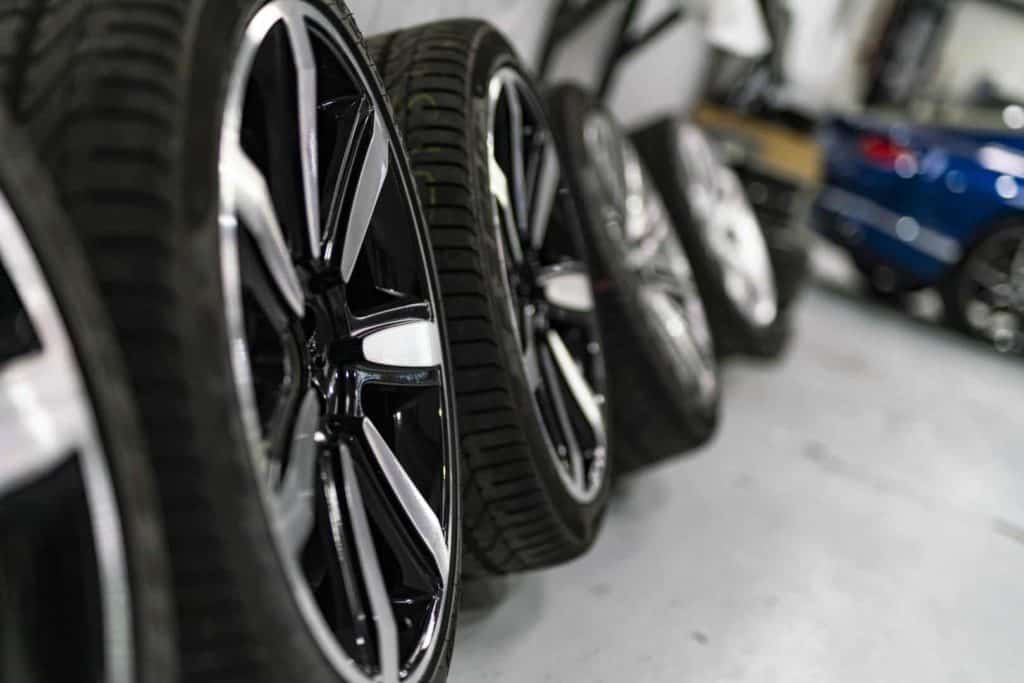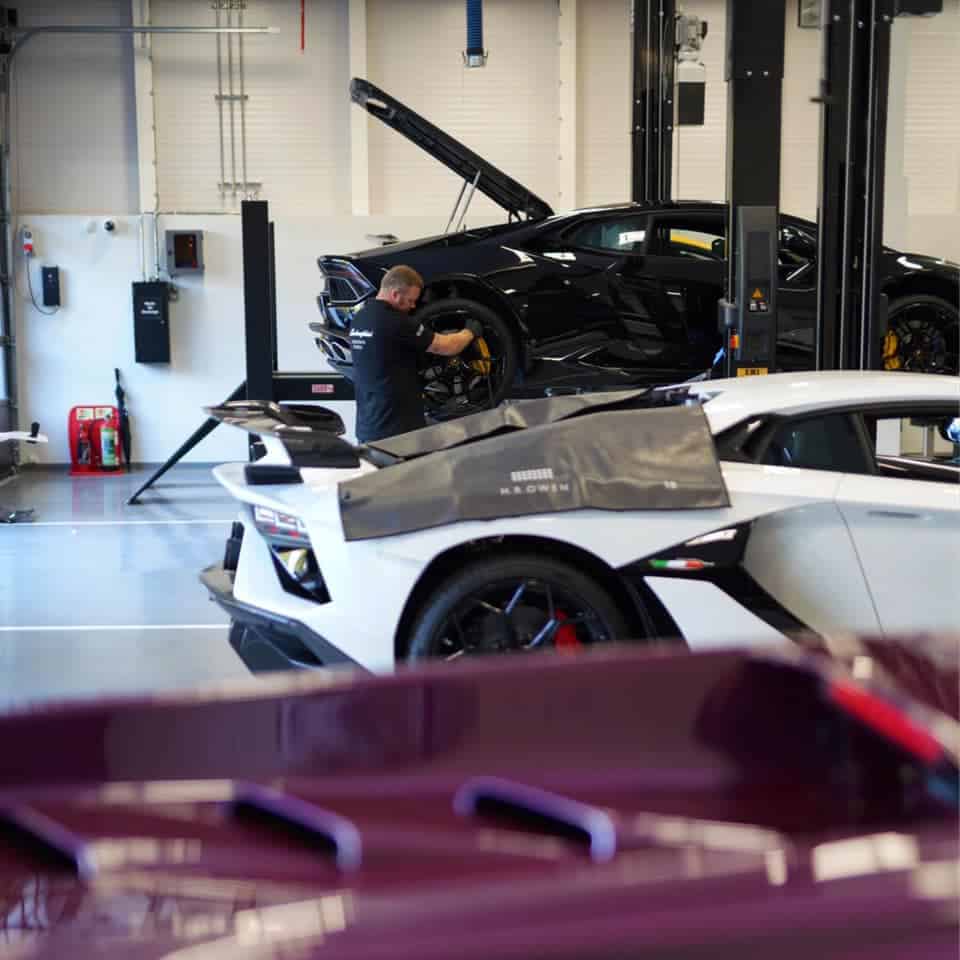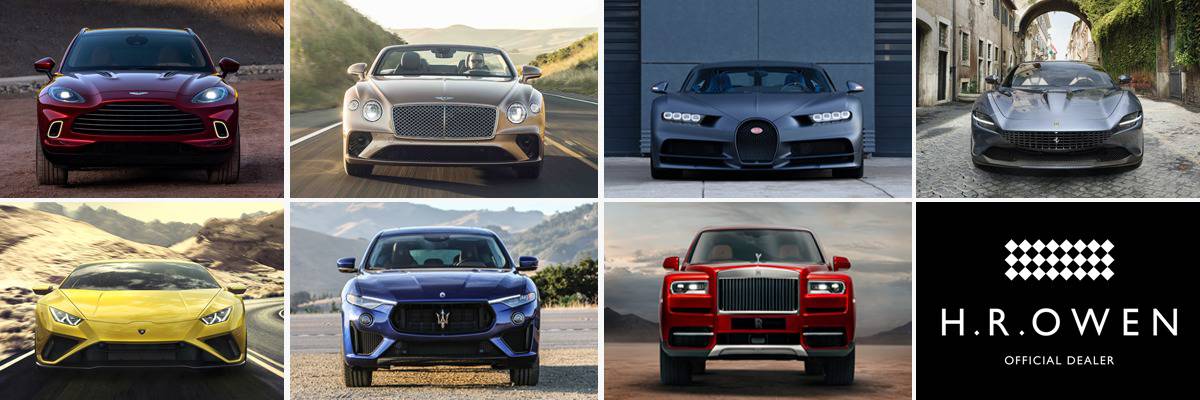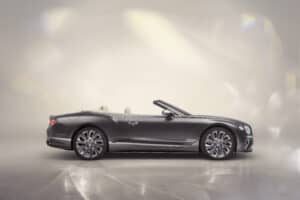H.R. Owen Group Aftersales Director, David Fellowes, is responsible for the service, repair and maintenance of all of our vehicles, across all of H.R. Owen’s 14 Aftersales sites and 10 car brands. In short, he knows a thing or two about keeping vehicles in tip-top condition, so while your car may be stuck on the driveway or in your garage for the next few weeks, we wanted to share David’s top tips on keeping it in fine fettle.
1. Windscreen Wipers and Screen Wash
Run your finger across the rubber windscreen wiper blade to check it hasn’t split. Also, ensure that your wipers are secure in place and test to make sure they sufficiently clean your windscreen. Having enough screen wash in your vehicle will allow you to clear away any dust or muck from your windscreen. You can check this by opening your car bonnet and unscrewing the cap, which is usually colour coded. If you’re low and unable to head out and get some more, you can always mix some of your own with dish soap, water and vinegar (to lower the freezing point).
2. Tyre Pressure
Many modern cars will have a tyre pressure monitoring system to let you know if any of your tyres are running a little flat. If you don’t have such a system then you’ll need to use a home pressure gauge or – if you don’t have one – most petrol station forecourts will. Information on what pressure to pump your tyres to can be found in your vehicle’s manual, and it may vary depending on how you intend to use your car.

3. Tyre Tread Depth
To check the condition of your front tyres, turn the wheel you’re checking outwards, as this will ensure you can safely assess as much of the tyre as possible. Then, where the tyre has depth indicators in the grooves, you can easily check the tread by ensuring the tread is higher than the depth indicators. These indicators are normally at 2mm, so if these are worn, then you know the tread is too. If you have 20p coin to hand, you can also place this in the treads on the tyre; if it covers the outer edge of the coin, then you’re safe! Whilst checking your tyres, it’s worth scanning them to check for any cuts, nails or any exposed steel.
4. Oil Level
Firstly, ensure your engine is switched off for at least 2-3 mins and is stationary, on level ground. Under your bonnet, the oil dipstick can be identified as a coloured plastic hoop (usually yellow, red or orange). Place your finger through the hoop and pull the dipstick out, before wiping it clean with a tissue or rag. Then put it back into the hole it came from and firmly secure it back into place. Pull it back out again and check that the engine oil is between the high and the low markers at the base of the dipstick. Wipe off the oil again put it back securely. If it’s low, you’ll need to top it up; check with your manufacturer which oil is recommended.
5. Engine Coolant
To check your engine coolant, firstly, locate the coolant reservoir. This is usually a clear plastic tank with high and low indicators and has a hose linking to the top of the radiator cap. If your coolant levels are low, unscrew the cap on the top of the reservoir and add coolant using a funnel to avoid spilling. Once topped up, screw the cap back on the reservoir. If the coolant tank was completely empty, add coolant to the radiator as well, by unscrewing the radiator cap and repeating the process. If you’re unsure where to locate the engine coolant reservoir, or the radiator, please refer to your vehicle manual, or contact your H.R. Owen Aftersales team.

6. Lights
The easiest way to test your vehicle lights, is to have another person with you, to check each is working as it should. The lights you should check include parking lights, brake lights, headlights, the full beam, reversing lights and the indicators. If you don’t have someone to help you, you can set up a camera to record as you switch lights on or off, or even park near to a wall so you can see the lights projected on to it.
7. Windows and Mirrors
Check your vehicle’s windows and mirrors to ensure the glass isn’t cracked, chipped or damaged. The functions of your mirrors will likely be electronic, so make sure things like the heating elements work or the movement. You should be able to turn your wing mirrors down to see your rear wheels, which helps to avoid kerbing your alloy wheels while parking. Over time, condensation can leave residue on the inside of your windows, so now could be a good time to give them a clean.
8. Emergency Supplies and emergency breakdown telephone number
Ensure your vehicle is ready for any emergency breakdown by checking you have:
– Valid breakdown cover
– A printed roadmap
– A warning triangle
– A waterproof jacket
– Warm clothes
– Snacks and supplies
– The phone number of your breakdown provider
9. Battery maintenance program
If your car has been parked up for over 10 days, it is suggested to regularly run your engine for a period of time to help maintain charge in the battery. Alternatively, you may wish to use a trickle charger which uses solar energy to keep your car’s battery topped up when it’s not in use.
If you have any further questions, queries or concerns about your car during this time of temporary closure, please contact us and we will do our best to help.






